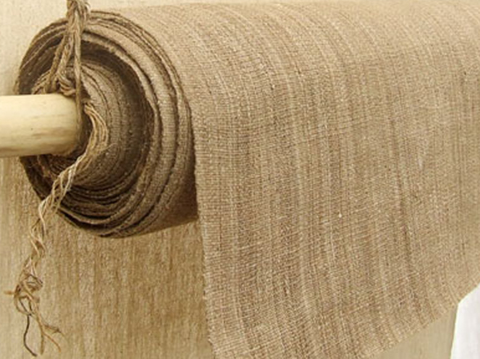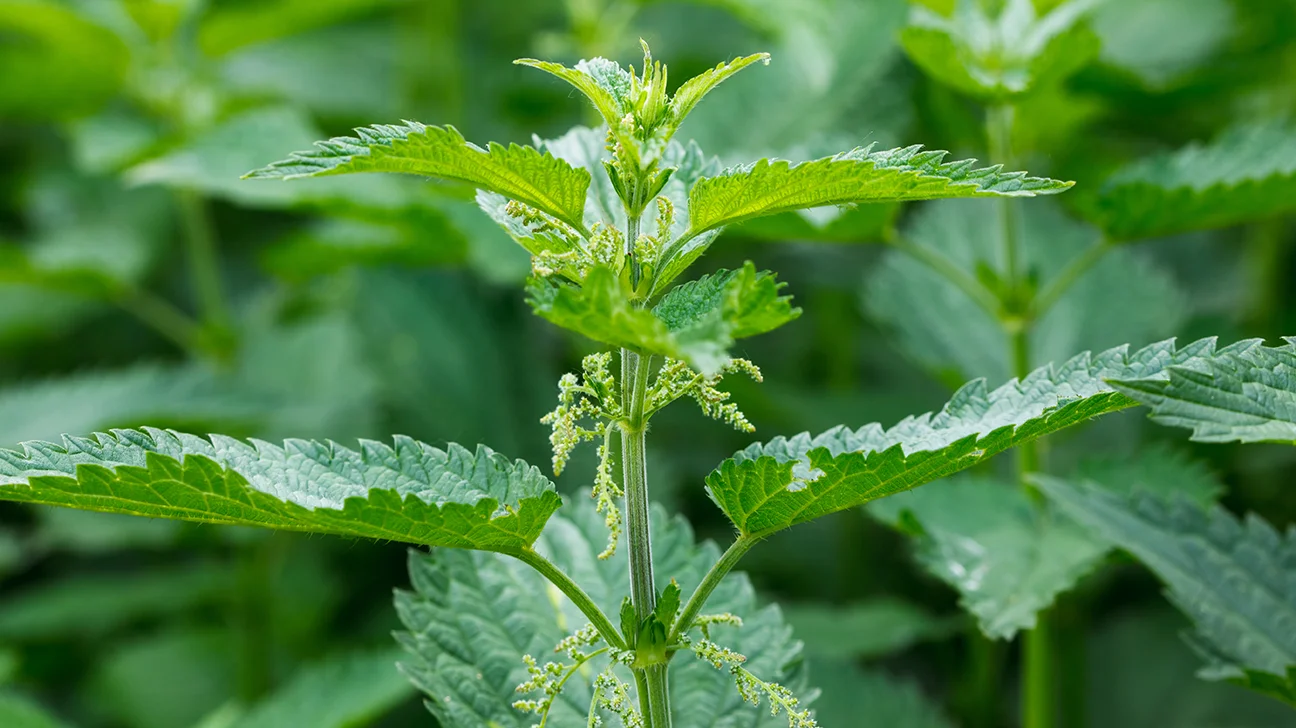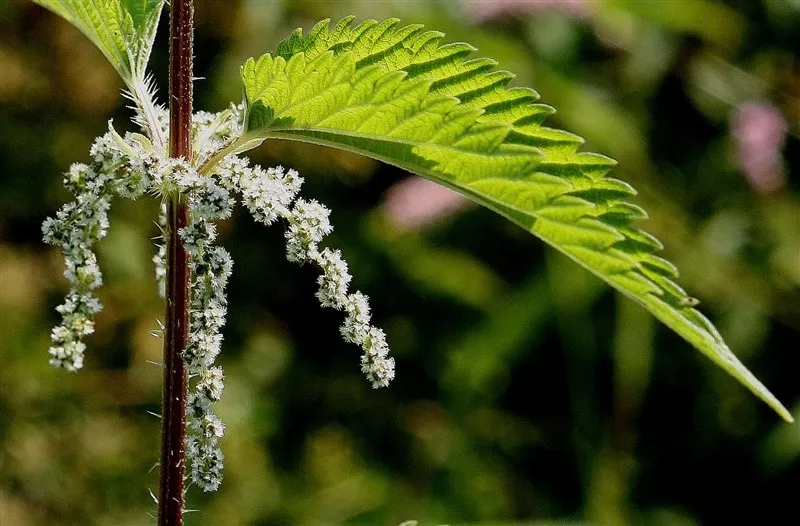|
Getting your Trinity Audio player ready...
|
Nettle recipes soup sounds delicious, but I wonder what ingredients go into it. Is it really safe to eat? And what does nettle taste like anyway?

Nettles are a type of plant that grows in temperate regions and northern climates.
They have long stinging hairs along the leaves and stems. The sting is caused by formic acid, which can burn the skin when touched. The flowers also contain small white or yellow nectar-filled blisters called cypselae.
In Europe, they are considered an invasive species because they outcompete some native plants. However, people do use them as food – dried and boiled. You don’t want to eat too many of the little cypselae though, as they will get stuck in your teeth and make you sick! The sap from the leaf may cause rashes on your arms.
If you decide to try and cook with nettles, here are 10 tips for making sure you avoid any problems:
- A) Wash the leaves thoroughly before cooking, and dry them completely.
- B) Don’t boil nettles for more than 15 minutes, as this removes their nutrients and makes them less nutritious.
- C) Eat raw nettles if possible, as they tend to be very bitter. It works best if you chew them up first, then add the juice. This also helps remove any toxins.
- D) Use only freshly picked nettles; once the leaves start wilting, they’ve gone bad. Also, pick nettles during early morning hours so they’re not exposed to sunlight, which could give off harmful UV rays.
- E) Try eating one nettle leaf per serving, as the amount of vitamin C found in nettles is relatively low.
- F) Add salt to help mask the bitterness.
- G) To remove any sharp edges from the leaves, crush them lightly between your hands, or run them through a salad spinner.
- H) Remove any large pieces of stem, as these will irritate your mouth.
- I) Do not eat nettles raw, as the sap contains formic acid and can hurt your stomach.
- J) Strain any water used for boiling nettles, as it can affect the flavor.
If you decide to cook with nettles after reading this article, here are 5 ways to prepare them:
- A) Boil about 1 cup of nettle greens in 2 cups of water until tender, then drain and rinse under cold running water. Put the drained vegetables in a blender and blend until smooth. Or, simply mash the greens with a fork and mix in olive oil. Serve hot or at room temperature.
- B) Soak chopped nettle greens in salted water overnight. Drain and squeeze the greens to remove excess liquid. Heat the greens in a wok for 3 to 5 minutes over medium heat.
- C) Make a nettle tea by putting 1/4 cup of sliced nettles in a pot with 6 cups of cool water. Bring the mixture to a boil, reduce heat to simmer, cover, and let steep 20 minutes. Strain the mixture, using cheesecloth to strain out the nettles, and discard the pulp left behind. Pour the steaming liquid back into the pot. Serve hot, chilled, or at room temperature. Keeps well covered in the refrigerator for 4 days.
Here are some tasty nettle recipes for soups, including those made without meat:
- A) Nettles and leeks soup (makes 2 servings): Cook 2 tablespoons of chopped nettles in 3 cups of vegetable stock. When cooked, let stand several minutes. Then, purée in a blender or food processor. Meanwhile, sauté 1 small onion and 1 clove of garlic in 1 tablespoon of butter in a skillet. Add 2 cups of diced leeks, and sauté briefly until softened. Add the puréed nettles. Season to taste with salt and pepper, and serve.
- B) Nettle pesto with pasta (2-6 servings): Blanch 2 cups of chopped nettles for 30 seconds in boiling water. Rinse under cold running water, squeezing firmly against the stalks to extract the juices. Purée in a blender or process in a food processor. Mix with 1 egg yolk, 2 tablespoons lemon juice, and enough extra virgin olive oil to make a thick paste. Stir in basil and Parmesan cheeses, season to taste with salt and black pepper, and chill before use. Use on pasta, grilled chicken breasts, fish, or steak for an appetizer.
Conclusion
We are sure that if you read this article, you’ll probably want to try to find more nettles growing near where you live. And, once you do, you may be able to try making nettle pesto sauce, which would go great with pasta!




